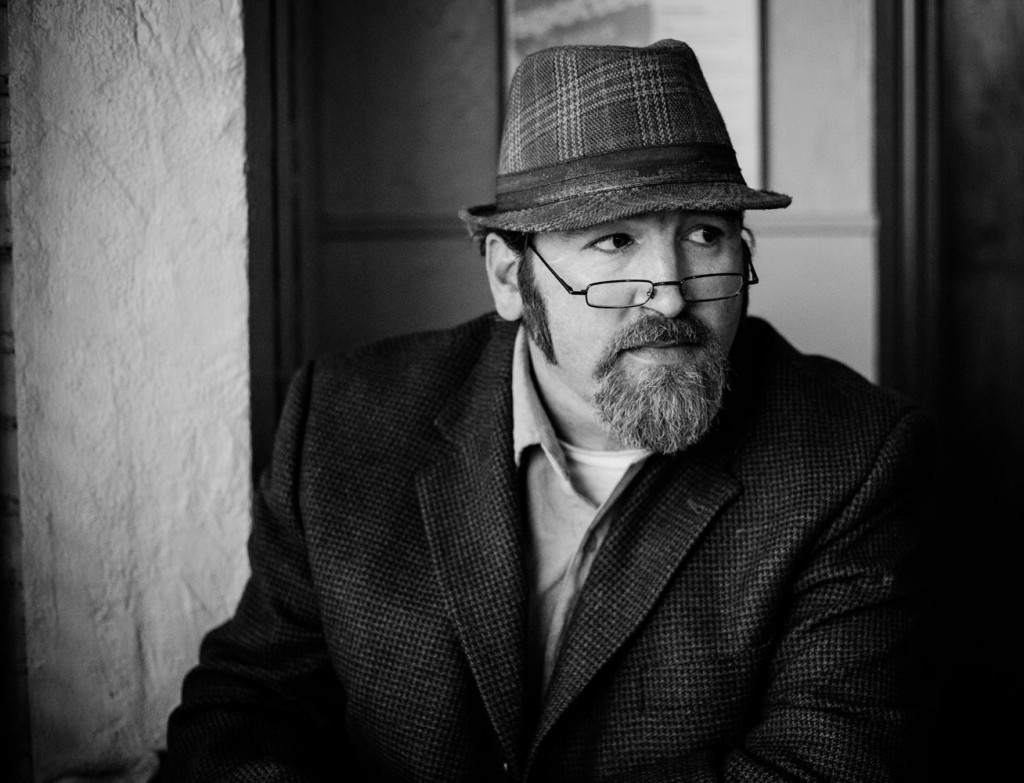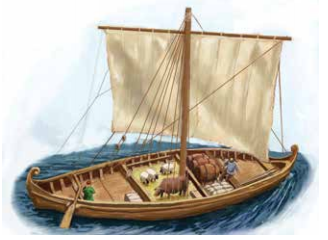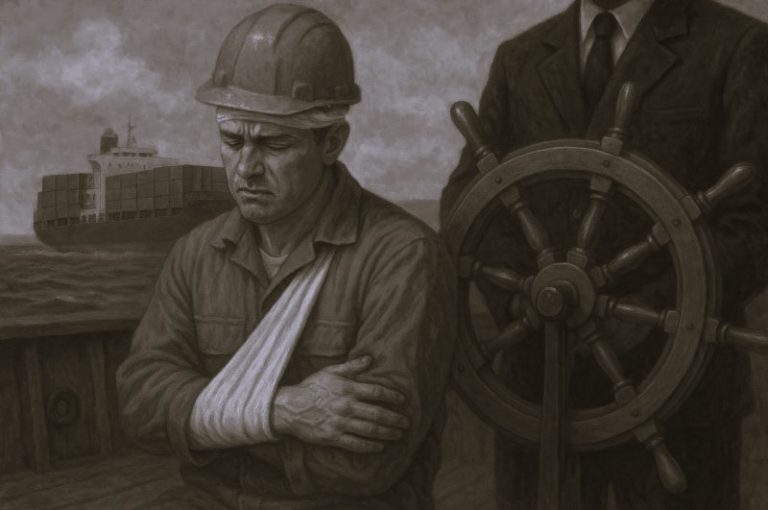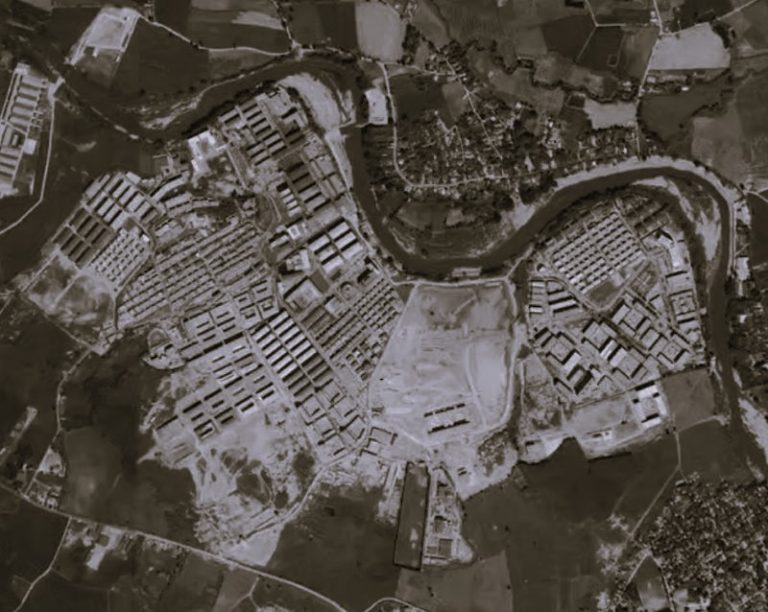
Ėtnograficheskai︠a︡ karta Azīi︠a︡tskoĭ Rossīi / Library of Congress
Russia spans not only two continents, butalso eleven time zones.

Curated/Reviewed by Matthew A. McIntosh
Public Historian
Brewminate
Introduction
Meet the Giant Imagine a giant standing with his left foot in one world and his right in another. The giant takes a little from one world and a little from the other world,and tries to get along with both.
That giant is the huge country of Russia, standing with one foot in Europe and the other in Asia. Russia is a big country. In fact, it is the biggest in the world. Russia is nearly twice the size of the United States.
Russia is so wide that it stretches from Eastern Europe across northern Asia to the Pacific Ocean. It spans not only two continents, but also eleven time zones. That means someone living in western Russia is waking up in the morning just as someone living in eastern Russia is eating dinner in the evening.

As you learn about early Russia, you will read stories of high adventure, wars, weak rulers, and strong rulers. You will read about the growth of a mighty country from its humble beginnings in the early 800s to a great empire in the 1700s.
The Roots of Russia
Russia was not always as large as it is today.What we now call Russia first began as a series of small villages along the rivers in Eastern Europe. In the early years of the country’s history, various groups of people spread throughout this area. Sometimes these people came to trade. Sometimes they came to conquer. But always they brought new ideas and customs. Among the earliest groups of people in Russia were the Slavs.
The Slavs probably came from the area of present-day eastern Poland, western Ukraine, and the Czech (/chek/) Republic. For the most part, these people were farmers. Some became merchants who traded with people in other countries. The Slavs spread throughout central Europe and Russia.
By 800 CE, the Slavs had built a number of towns along the rivers in southern Russia, including along the Dnieper (/dne*pur/)River. The Slavs used the rivers as trading routes. They developed contacts with many different groups of people and sometimes went to war against them.
The Vikings
As the Slavs were settling into the lands now called Russia,they collided with the Vikings, who were moving south from Scandinavia. Scandinavia includes the lands we now call Sweden,Norway, and Denmark. The Vikings are also called the Norse or the Norsemen. They were great warriors and traders.
As they pressed south, the Vikings sought trading partners. They wanted to trade their products from Scandinavia for products they did not make at home. Beginning in the 800s, the Vikings followed several of the long river routes into central Europe. These rivers carried Viking war and trading ships through the lands of the Slavs. The Slavs called the Vikings “Rus (/roos/),” a term for Swedish Vikings.
The Vikings liked the lands they explored on their voyages throughout central Europe and along the Dnieper River. The Dnieper River flows mainly through what is now Ukraine. Some Vikings decided to make their homes among the Slavs already living there. Many Slavs lived in what became the city of Kiev (/kee*ev/). You will read more about Kiev shortly.

The Vikings were more powerful than the Slavs.They forced the Slavs to trade with them, whether the Slavs wanted to or not. The Vikings often threatened the Slavs if the Slavs did not give the Vikings goods or money every year. This payment made by the Slavs to the more powerful Vikings was called tribute.
Over the years, however, the Slavic and Viking peoples blended together. They began to adopt each other’s customs. They became the first people we call Russians today.
The Coming of Christianity
Another powerful influence on early Russia was Christianity. At the time of the Viking and Slav settlements, most Russians worshiped a variety of gods. As the Russians came into contact with other countries, they learned about religions such as Islam, Judaism,and Christianity. These religions teach that there is only one God.
Christianity worked its way into Russia from the Byzantine (/bihz*un*teen/) Empire, which was located to Russia’s south.In the 800s, the Byzantine Empire was one of the most powerful empires in the world. Its capital was Constantinople. Greek missionaries from Constantinople brought Christianity to the Russian city of Kiev in about 900. The Byzantine form of Christianity was known as Orthodox Christianity.

These missionaries taught some of the early Russians about Christianity. One of these Russians was a princess named Olga,who lived in Kiev. Princess Olga was married to Igor I, the ruler of Kiev. After Igor was killed in 945, Olga took control of the government because her son was too young to rule. She was probably the first woman ruler in Russia.
A few years after she came to power, Olga traveled to Constantinople. While there, she met the Byzantine emperor.Supposedly, he was so struck by her beauty and wisdom that he asked her to marry him. She turned down the emperor’s offer of marriage but asked him to teach her more about his religion.

The emperor wanted to please Princess Olga. He asked the patriarch (/pay*tree*ahrk/), or leader, of the Orthodox Church in Constantinople to teach her about Christianity. According to legend,Olga learned about Christianity “like a sponge absorbing water.”
Olga then returned to Kiev and encouraged her people to practice Orthodox Christianity. Most Russians, however, stayed true to the irold gods—the gods of nature, the winds, and the fields. Even Olga’s son resisted her attempts to Christianize Kiev.
Years passed, and wooden statues of many different gods still stood in Kiev. Prince Vladimir, grandson of Princess Olga, ruled the city. Vladimir wanted Kiev to be a great power. He was interested in the religions of other great powers. He listened to traveling merchants who came to Kiev and spoke of religious beliefs in the Byzantine Empire and in Western Europe. Instead of many gods, the merchants spoke of a single, almighty God.
Prince Vladimir asked his nobles what they thought about other religions. They told him he should send “ten good and true men”to visit other lands to learn about other religions. In their visits, those men could observe how people in other places worshiped. Prince Vladimir did as the nobles suggested. When the ten advisers returned, they reported that they were most impressed with Orthodox Christianity,and in particular with the magnificent Byzantine churches. The splendor and beauty of the churches took their breath away.

In 988, Vladimir became an Orthodox Christian, like his grandmother Princess Olga. He had the statues and pictures of the old gods and goddesses destroyed. Vladimir ordered all the people in Kiev to become Christians.
From Czars and Shoguns: Early Russia and Feudal Japan, originally published by the Core Knowledge Foundation under the terms of a Creative Commons Attribution-NonCommercial-ShareAlike 4.0 International license.







